3 Amstel
Madison Hutton- Amstel
Amstel beer was born out of the American Industrial revolution. This led to new work opportunities, Amazing advancements in society for black citizens, and creating new inventions beyond what was previously thought possible. Two brothers-in-law created a new heavier, better-tasting beer in Amsterdam, 1870. That Beer, named after the nearby river, was Amstel.
Historical Origins
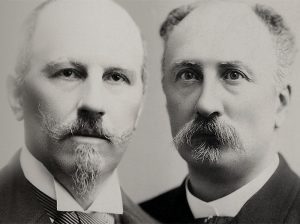
In the year 1870 by the banks of Amstel, Amsterdam, Founders Charles de Pesters and Johannes van Marwijk were discussing the local beers at the time (Amstel, NA).The beers in Amsterdam were known for being light and thin. Charles de Pesters and Johannes van Marwijk were both brothers-in-law and best friends. These factors made for a great beginning. Through trial and error, they created a heavier, better tasting pilsner Inspired by German brewing. This would be considered Bavarian style lager by today’s standards. In their opinion, it tasted better than the popular thinner beers (Amstel, NA).
(Charles de Pesters left, Johannes van Marwijk right.)
Historical context
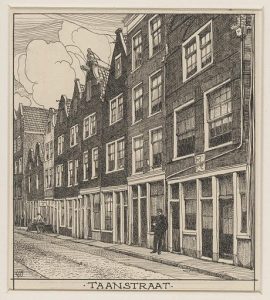 The 1870’s were an important time for black Americans. On February 3rd, 1870, black men were given the right to vote. Georgia also was the last confederate state to join the union during this year (McNamara, 2021). Otherwise, there are also some more minor things that can put into perspective how the world was advancing at this time . These include Charles Dickens passing away june 9th, 1870 at the age of 58 and on March 4th 1873, the Ulysses S. Grant began his second term as the 18th President of the United States(McNamara,2021).
The 1870’s were an important time for black Americans. On February 3rd, 1870, black men were given the right to vote. Georgia also was the last confederate state to join the union during this year (McNamara, 2021). Otherwise, there are also some more minor things that can put into perspective how the world was advancing at this time . These include Charles Dickens passing away june 9th, 1870 at the age of 58 and on March 4th 1873, the Ulysses S. Grant began his second term as the 18th President of the United States(McNamara,2021).
Advancements of the United States led to new thinking. The Industrial revolution was in full swing, allowing for new ideas to find the foundations for new business. Great thinkers like Lucien B Smith, and Alexander Graham were creating new inventions that inspired many others (Sutori, NA). This was the perfect time for a new beer company to begin it’s foundations.
Key Milestones
According to the official website, the Brothers-in-law could not find a beer that they both enjoyed. The area was known for thinner beers (Amstel, NA). During theearly 1800’s, there was a major recession. Homes were left vacant due to poor maintenance. After 1813, Amsterdam began to repair itself (Amsterdam, NA). The economy recovered and that allowed the population to increase after 1870. Amstel beer was born alongside new inventions such as the telephone, the electric light bulb, andcoca-cola a fewyears later(Amsterdam, NA).
The idea of this beer originated in thinner beer being the most popular drink in Amsterdam. They were inspired by the Bavarian Pilsner brew and used that to create their own brewery in 1870. The brewery used water from the nearby river that both the beer and Amsterdam itself was named after (Amstel, NA).
From there Amstel became a more popular drink. It has been around for over 150 years. Later on it joined its rivals company Heineken (Amstel, NA).
Amstel beer Today
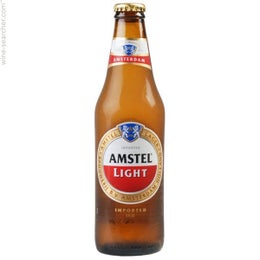
Amstel combined with Heineken 1968. In comparison to the other Heineken drinks, Amstel tends to stand out in character. This beer contains 3.5% ABV and including the rest of the Heineken brand, it makes up for 12.2% of the marketplace for leading beer companies in 2020 (Conway, 2020).
The Industrial revolution
Eventually, the industrial revolution took over America. Which mean it reached the home of Amstel beer, Amsterdam. This led to many different changes to America as a whole. In Amsterdam specifically, there was a boost in the economy, but also cause the social climate to change (History of Amsterdam, NA).
The city of Amsterdam began to expand quickly during the Industrial revolution. Cities began to build at a rapid rate. Workers were needed to build the new homes, and the new builders needed homes to live in. this allowed for the poverty levels to lower, as the poverty percentage was already high. The actual integrity of these homes did not matter, so long as they were easy to build (A Short History of Amsterdam, NA).
Many Germans were migrating to America, so they brought along their lager beer. From there, they opened saloons and Breweries all across the nation. The German population had strong ties to their heritage and used it within their advertising (AERONAUT, 2020).
As for Amstel, beer was much easier to transport and distribute with the invention of the steam engine. The invention of the thermometer greatly improved the consistency of lager beer (NoCoast Beer Co, NA). British inventor Daniel Wheeler created a spinning iron drum to roast or dry malt. This greatly advanced the creation of beer making, as it used clean, hot air instead of the disgusting smoke from burning wood. This eliminated that wooden taste from beer (AERONAUT Blog, 2020).
Amstel beer was actually founded in 1870, which was well into industrial revolution. Lager beer was considered new and exciting. Compared to other beers at the time, Lager was longer lasting, and tasted lighter. This beer was born out of the industrial revolution, along side other great inventions(Amstel, NA).
Brewing Science
Amstel beer is known for being the “experimental brand.” Whenever the company wants to test out new flavours or styles, they put it under the Amstel brand. However, this doesn’t mean Amstel is just a bunch of different flavours, it’s known for being a pale Lager. Since Amstel’s creation, they have been a proud Lager company (Amstel, NA).
Lager grew into popularity after ale already spread their roots in America . Invented in Germany, Lager is made much differently than Ale. Especially in the United States, Lager had a slower start compared to ale. Despite being similar, these beers are created using very different methods (Anchor Brewing Blog, 2019).
First, most beers at the time were created from one strain of yeast with only a few exceptions throughout all of beer’s history. Known as “top fermentation.” Until Lager came to be invented, most beers were created to be warm (AERONAUT Blog, 2020).
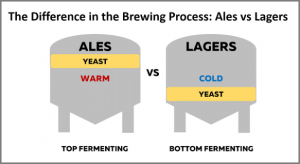
Now, lager is closely related to ale, but there are key differences. Instead of quick, warm fermentation, Lager’s strain of yeast ferments at a cooler, slower rate. This can cause difficulties with brewing times and climate. As refrigerators did not exist in the Middle ages, fermenting lager could be close to impossible during the summer time. They had to brew this beer during the winter or inside of caves in order to get the bottom fermenting beer (AERONAUT Blog, 2020).
WW1 and WW2
Beer was already heavily popular during wars. Beer was rationed out during the American revolution to British soldiers.
World war One took place a little over 100 years ago. This may seem like a lot of time to many, however, we can still feel the effects from this. During World War One, German soldiers were proud of their beer. Often posing with mugs full of beer and sitting on beer kegs. While on the other-side of the war, German immigrants migrating during the second half of the 1st World war, began the “Lager revolution”inWisconsin(The National World War II Museum, 2021).
When America joined in the war, there were already prohibition laws put into action. The growing prohibition movement grew alongside the war. On jan 16th, 1919 agreed to the the 18th amendment. This banned selling alcohol throughout the entire nation. This caused many brewing companies to close down or rebrand. This ban lasted until the 1930’s (The National World War II Museum, 2021).
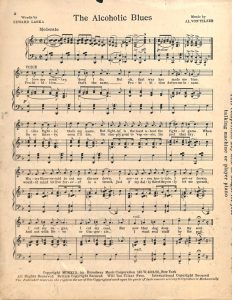
Luckily just before World War Two, people decided to revoke the Prohibition movement. This allowed the brewing industry to bloom. Due to America and Germany being on opposite sides of the war, the German population in America were at risk.Since most big beer companies were German, they did their best to associate themselves with patriotism. They even tried to suggest there were health benefits such as improved productivity and stronger immune system responses within their beer. This did help, as beer companies donated 15% of their productions to the war effort (The National World War II Museum, 2021).
Globalization and Marketing
For the main part, Amstel beer remained its own company for nearly 100 years. Thanks to the huge economic boom, consumerism played a huge part within the beer marketing scene. Amstel beer decided to follow the trend of merging companies. Amstel beer became apart of the Heineken company in 1968. This is a huge milestone for this company. The merging of these companies resulted in strong consolidations and strengthened its ability to sell to the rest of Europe. The original brewing plant closed down and was moved too Zoeterwoude.
As for Marketing, David Lette, the brand director at Heineken, believes that Amstel has the potential for a lot of growth. Amstel originally was only sold within pubs, but now they have decided to make a huge move and sell Amstel at local grocery stores. This increased their sales as much as 20% in 2015. David spoke with Marketing week saying “We have incredible confidence in Amstel as it is a premium continental lager, that really does come from Amsterdam.” Apparently Heineken knows its consumers very well, as they market towards men aged 22-44. Based on its sales in pubs, Amstel has much potential( Gee, 2016).
Amstel beer is often considered to be the experimental beer. there are many new variations of Amstel, such as: Amstel Lager, Amstel Premium Pilsener, Amstel Light, Amstel Bright, Amstel Radler, and Amstel ULTRA.
Modern Era
Today, Amstel beer still promotes it’s original founding. always based on friendship and togetherness, Amstel beer is mainly popular amongst men aged 22-44. With many variations, Amstel is a favourite amongst many. Since Amsterdam has a high maturity rate for its breweries, it’s no wonder why Heineken is popular. Amstel mainly focuses on Neolocalism. Always promoting its roots as Amsterdams home grown beer. This gives it an advantage over other beers. Amstel beer can be found in many pubs and a lot of grocery stores. There are also some breweries in Canada and even Missasauga.
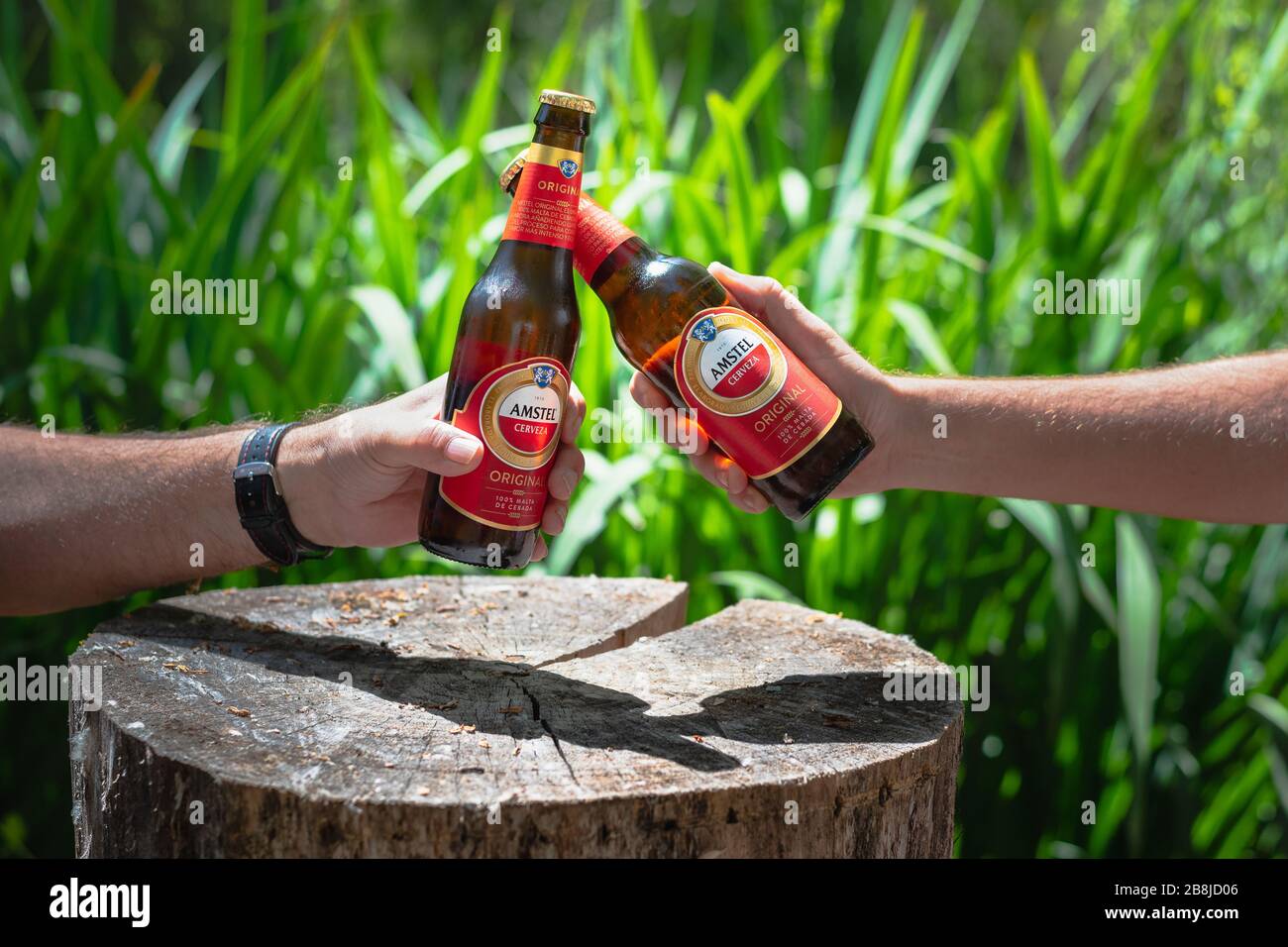
Work cited:
8, Doug Hoverson October. The Lager Beer Revolution in the United States, 15 Jan. 2022, https://seeingthewoods.org/2018/09/07/the-lager-beer-revolution-in-the-united-states/.
Aeronautbrewing. “History of Lagers.” AERONAUT Blog, 15 May 2020, https://aeronautbrewing.wordpress.com/2020/05/14/history-of-lagers/.
“Amstel Bier.” Our History | Amstel Bier, https://www.amstelbier.co.uk/history.
Amstel. https://www.amstel.com/.
“History of Amsterdam.” History of Amsterdam | Amsterdam.info, https://www.amsterdam.info/basics/history/#:~:text=Amsterdam%20was%20founded%20as%20a,%2C%20dated%20October%2027%2C%201275.
“History of Beer Part 2: Beer and the Industrial Revolution.” NoCoast Beer Co., https://www.nocoastbeer.co/blogs/blog/history-of-beer-part-2-beer-in-the-industrial-revolution#:~:text=During%20the%20Industrial%20Revolution%20life,and%20easier%20distribution%20of%20beer.
Malloryk. “How World War II Saved American Beer Brewing: The National WWII Museum: New Orleans.” The National WWII Museum | New Orleans, The National World War II Museum, 6 Apr. 2021, https://www.nationalww2museum.org/war/articles/how-world-war-ii-saved-american-beer-brewing.
McNamara, Robert. “A Timeline of Major Events of the 1870s.” ThoughtCo, ThoughtCo, 24 Apr. 2021, https://www.thoughtco.com/timeline-from-1870-to-1880-1774040#:~:text=February%203%2C%201870%3A%20The%2015th,number%20of%20states%20ratified%20it.&text=July%2015%2C%201870%3A%20Georgia%20became,The%20Franco%2DPrussian%20War%20began.
“The Oxford Companion to Beer Definition of Amstel Brewery.” Craft Beer & Brewing, https://beerandbrewing.com/dictionary/pYZnrSQV34/.
Published by Jan Conway, and Oct 15. “Global Beer Industry Market Share.” Statista, 15 Oct. 2021, https://www.statista.com/statistics/257677/global-market-share-of-the-leading-beer-companies-based-on-sales/.
“A Short History of Amsterdam.” Amsterdam, https://www.amsterdamsights.com/amsterdam/history.html#7.
Sutori, https://www.sutori.com/en/story/inventions-between-1870-1920–EN2vz56CpPq1yAVVZCLdbyCB.
Thebeerwench. “Pale Lagers: The Lightest Side of Light.” CraftBeer.com, 22 Aug. 2016, https://www.craftbeer.com/craft-beer-muses/pale-lagers-the-lightest-side-of-light.
“What Is Lager?: A History of the World’s Most Popular Beer.” Anchor Brewing Blog, 21 Feb. 2019, https://www.anchorbrewing.com/blog/a-history-of-lager/.
Heineken expects rapid growth for Amstel as it says there is still room for premium brands

